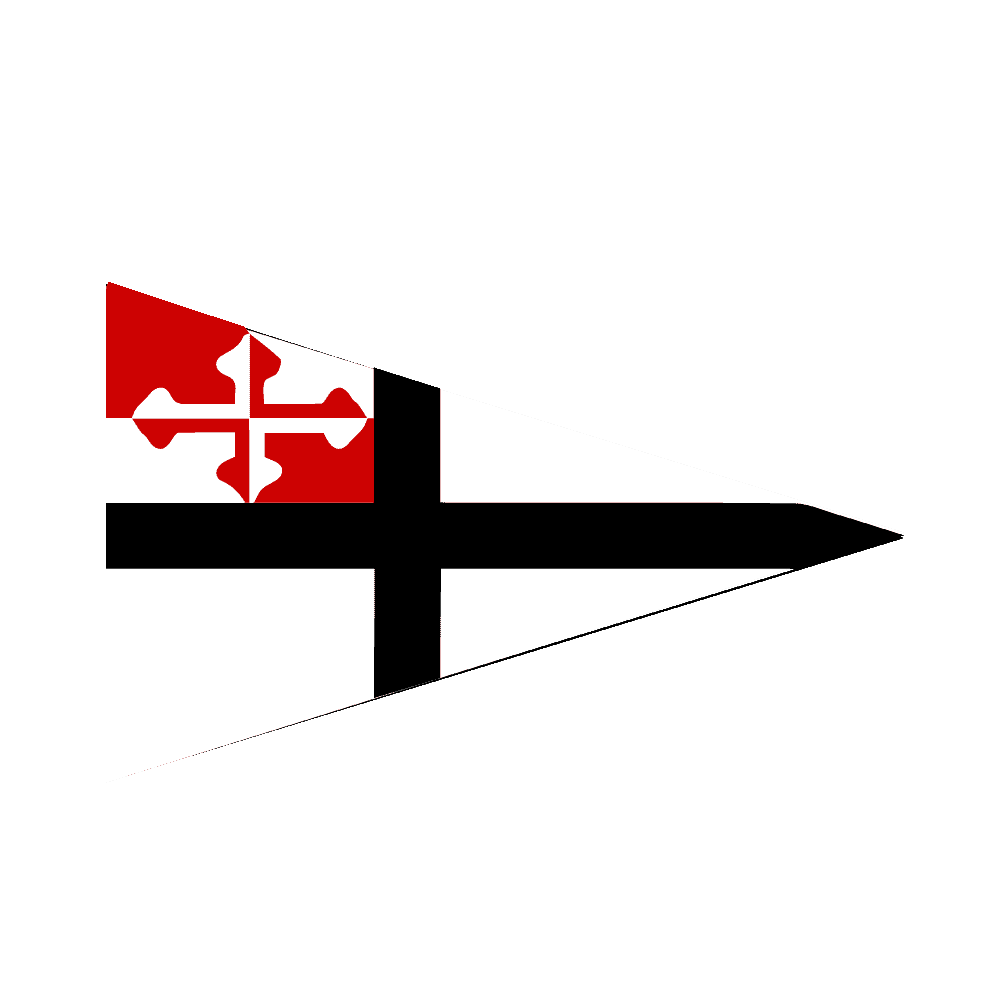
Gibson Island Yacht Squadron
Founded in 1924, Gibson Island Yacht Squadron is located on the Chesapeake Bay and the Magothy River near Baltimore and Washington, DC and boasts one of most beautiful natural harbors on the East Coast. The Squadron has a long and storied history of racing and cruising on the Eastern Seaboard from Nova Scotia to the lower Caribbean – and virtually all ports on the Chesapeake. The Squadron, as part of the Gibson Island Club, is comprised of active voyagers under power and sail, and offers programs for racing and race management, one-design Star and International 210 fleets, sailing development for juniors and not-so-juniors, and the full array of supporting social activities.
Stories from Gibson Island Yacht Squadron
Although earning a widely acclaimed reputation as a prominent yachting organization in the mid to late 1920’s, the present Gibson Island Yacht Squadron did not elect its first Commodore, Dr. Hugh H. Young, until 1932. Prior to that date, yachting activities were managed by the Water Committee of the Gibson Island Club. It has been suggested that formation of the Yacht Squadron in its present form was prompted by the ribbing that a water committee member received after he was formally presented with a yachting cap bearing the bold initials “WC” (the frequently seen abbreviation for water closet).
Recognition also should be given to the Gibson Island cruising sailors, especially those who have made significant offshore passages. Many of our cruisers, too many to list, have taken their boats to New England and beyond or to the West Indies with long passages from the Bahamas to the Virgin Islands. A few have made transatlantic passages in their own boats with amateur crew, sometimes with no more than family crew members.
The junior sailing program comes from a proud tradition going back to its inception in 1924 under the leadership of Nathanial “Cap” Kenney. For more than a quarter of a century Cap not only guided the Junior Fleet but devoted much of his spare time to personal participation in management and instruction. Originally training boats were deadrise skiffs called “kid boats” and then Barnegat Sneakboxes. In 1934 Lowndes Johnson, designer of the Comet, created the U scow especially for the Gibson Island Junior Fleet. Later came Comets, Penguins, Lasers, 420s, Bytes, and Optimist prams for the youngest members.
At the other end of the age spectrum, members Dr. Roger Batchelor used to singlehand his Rhodes sloop Mimi II when over 80 years old, and Austin “Jack” Penn was still solo sailing his Alberg 30 when over 90. After more than 20 years of labor, Yacht Squadron member William B. Watkins finished building, with his own hands, the 25 foot cutter Rose Tree not long before he was 90 years old. His son indicated that he had actually planted the tree from which he made the mast.
With professionalism again creeping into the yacht racing scene, Gibson Island is no longer the racing club it formerly was, but is blessed with many congenial sailing and cruising enthusiasts. Then there is the occasional competitive adventurer such as George Collins, who formed a Chesapeake syndicate “Chessie Racing” and completed the 1997-1998 Whitbread ‘Round the World Race. Next to round-the-world solo races, some of which are non-stop, the Whitbread presents the greatest ocean racing challenge. Chessie Racing carried the Gibson Island burgee around the world finishing 6th and beating the other American boat completing the race.
Regardless of whether Gibson Island is in the national limelight, it is a unique yachting center with the kind of harbor and facilities for our fleet of approximately 170 yachts that is becoming increasingly rare. The future seems promising for the continuation of our boating pleasures in a nearly perfect setting.
Walter Mitchell
Commodore
